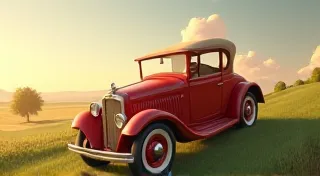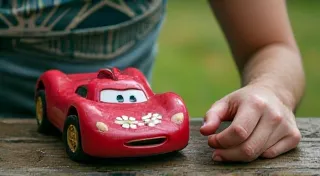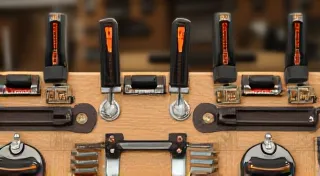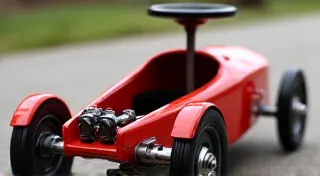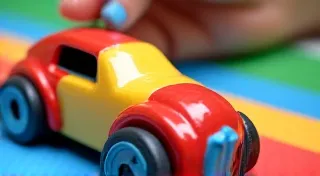The Crucible of Competition: Forging Resilience Through Soap Box Car Racing
The scent of sawdust, the satisfying scrape of a file against wood, the collective intake of breath as a handcrafted machine hurtles down a gravity-powered track. These aren’t merely sensory details; they’re the hallmarks of an experience that transcends simple recreation. Soap box car racing isn’t just about speed; it's a crucible, a testing ground for young minds, and a potent reminder of the enduring power of human ingenuity and perseverance. It's a tradition rooted in a charming simplicity that belies the profound lessons it imparts.
I remember the feeling vividly. My grandfather, a cabinetmaker with hands that seemed permanently stained with the hues of cherry and walnut, painstakingly guided me through the construction of my first racer. It wasn’t about winning. It was about the process: the careful measurements, the gentle shaping of the wood, the quiet satisfaction of watching a design slowly take form. He spoke of the importance of precision, not just in the build, but in the understanding of how things work. This wasn't just about putting wheels on a wooden platform; it was about understanding physics, engineering, and, crucially, accepting that things rarely go exactly as planned. He would often mention the intricacies of steering, a detail that significantly impacts a car's performance – a topic explored in more depth in articles about Soap Box Car Steering Mechanisms: Design and Implementation.
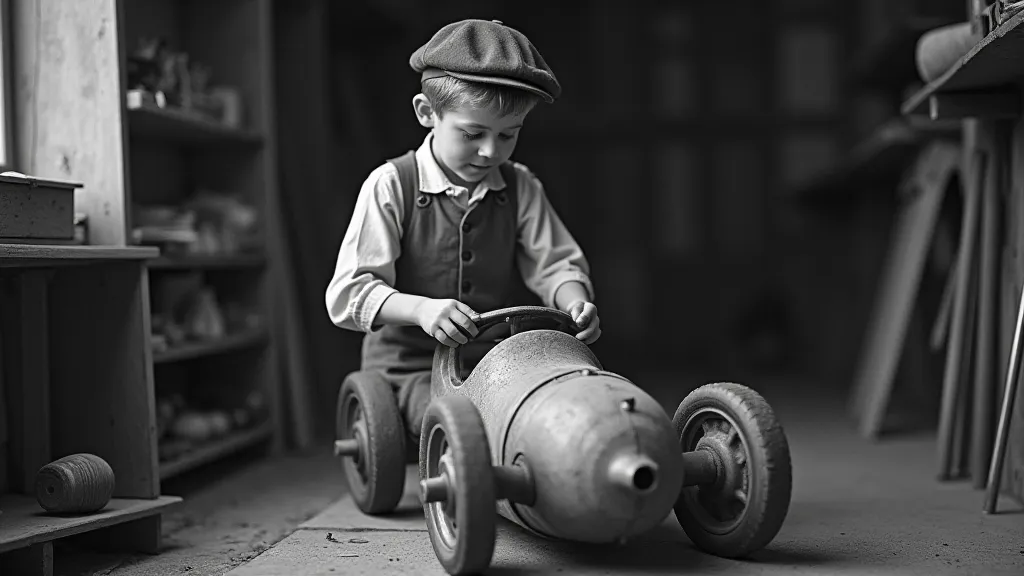
A History Forged in Community
The origins of soap box car racing are delightfully humble. Emerging in the 1930s during the Great Depression, it offered a welcome distraction from economic hardship and a pathway for children to engage in a pastime requiring minimal resources. It sprung from impromptu races on Cleveland's East Side, organized by a local priest, Father Moses G. Wilbert, who sought to provide a safe and engaging activity for young people. He used discarded soap boxes as the primary material, hence the name. These initial races were chaotic, unstructured, and utterly charming. Soon, however, the desire for standardization and fair play spurred the formation of the first official races and the establishment of rules.
Over the years, soap box car racing evolved. The reliance on recycled soap boxes gradually faded as more durable and engineered materials became available. However, the fundamental spirit remained unchanged: a commitment to ingenuity, craftsmanship, and friendly competition. The National Soap Box Derby Association, formed in 1934, standardized rules and provided a framework for races across the nation and beyond. It's a fascinating evolution, reflecting both the ingenuity of early participants and the ongoing quest for a more equitable and thrilling experience. The entire project can be an incredibly engaging activity for students, which is why some schools incorporate Soap Box Car Building for Schools: A Team Project into their curriculum.
The Beauty of Craftsmanship: More Than Just Wood and Wheels
The beauty of a well-built soap box car isn't just aesthetic; it's a testament to the dedication and skill poured into its creation. A true craftsman doesn’t just assemble; they understand the nuances of the wood grain, the importance of balanced weight distribution, and the subtle art of minimizing friction. They might spend hours carefully sanding a wheel hub, or painstakingly aligning the axles to ensure a perfectly straight run. These details, often invisible to the casual observer, are the hallmarks of a truly exceptional soap box car.
The materials themselves can tell a story. Certain types of wood – basswood for its lightness and workability, maple for its strength and durability – become prized for their properties. The wheels, often meticulously crafted from hardwood or metal, are essential for achieving optimal speed and control. Even the paint job, often a vibrant expression of the builder’s personality, contributes to the overall charm and character of the car. A faded paint job, a few dents and scratches—these aren’t imperfections; they're marks of a life well-raced, a history etched into the wood and metal.
Lessons Learned on the Track: Resilience and "Playful Tenacity"
The true value of soap box car racing, however, extends far beyond the thrill of the race. It’s in the setbacks, the redesigns, and the inevitable disappointments that the most profound lessons are learned. A car that veers off course despite meticulous planning. A breakdown on the starting line. A sudden gust of wind that throws off a carefully calculated trajectory. These aren’t failures; they are opportunities for growth.
It’s in these moments that children learn the importance of problem-solving, critical thinking, and perseverance. They learn to analyze what went wrong, adjust their approach, and try again, armed with newfound knowledge and determination. My grandfather used to say, "It's not about winning every time, it's about learning from when you don't." It's about developing what I’m now calling "playful tenacity" – the ability to approach challenges with a combination of creativity, resilience, and a good dose of humor. Troubleshooting can be tricky, and many encounter common issues; resources exist to help with Troubleshooting Common Soap Box Car Problems.
The camaraderie among racers is another invaluable aspect. While the competition is certainly present, there's also a spirit of mutual respect and support. Racers often share tips and advice, helping each other to improve. It’s a reminder that even in a competitive environment, collaboration and kindness can thrive.
Preserving the Tradition: More Than Just a Race
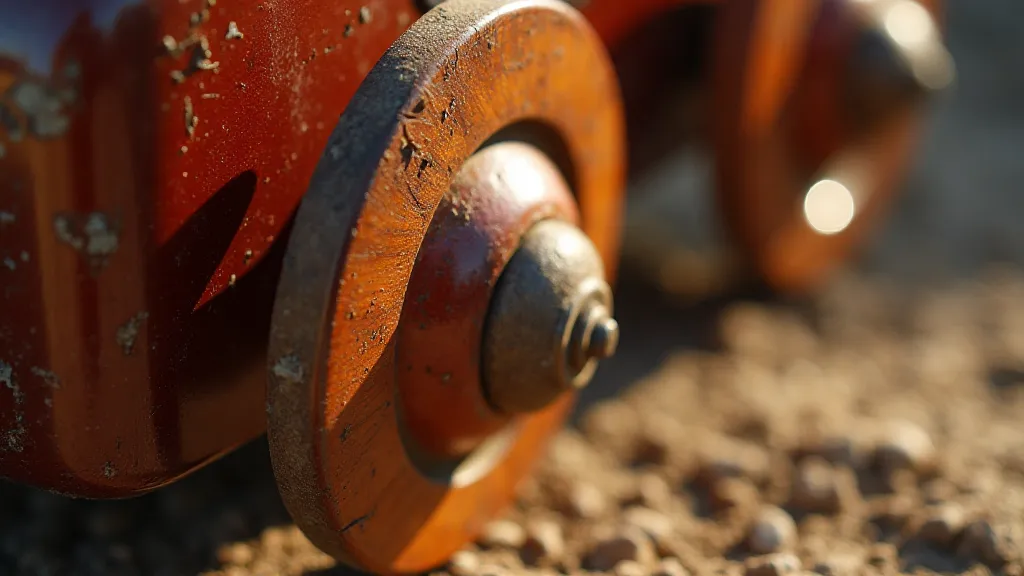
Today, soap box car racing continues to thrive, offering a unique blend of tradition, craftsmanship, and community. There are local races, regional derbies, and even international competitions, each preserving the spirit of innovation and friendly rivalry that defines this beloved pastime. Restoring an old soap box car can be a deeply rewarding experience, connecting you to the history of this uniquely American tradition and providing a tangible link to the ingenuity of past generations. Collecting vintage cars, too, allows one to appreciate the evolution of design and the artistry of the builders. For those seeking to elevate their builds, exploring Advanced Soap Box Car Design Techniques can lead to truly exceptional results.
But it's not just about preserving the physical cars; it’s about preserving the values they represent: the importance of hard work, the power of perseverance, and the joy of creation. It’s about fostering a sense of community and inspiring the next generation of builders, racers, and dreamers. So, whether you're building your own car, cheering on a young racer, or simply admiring the beauty of a well-crafted machine, remember that you’re participating in a tradition that extends far beyond the finish line. You're contributing to a legacy of resilience, ingenuity, and "playful tenacity" – a legacy that will continue to inspire for generations to come.
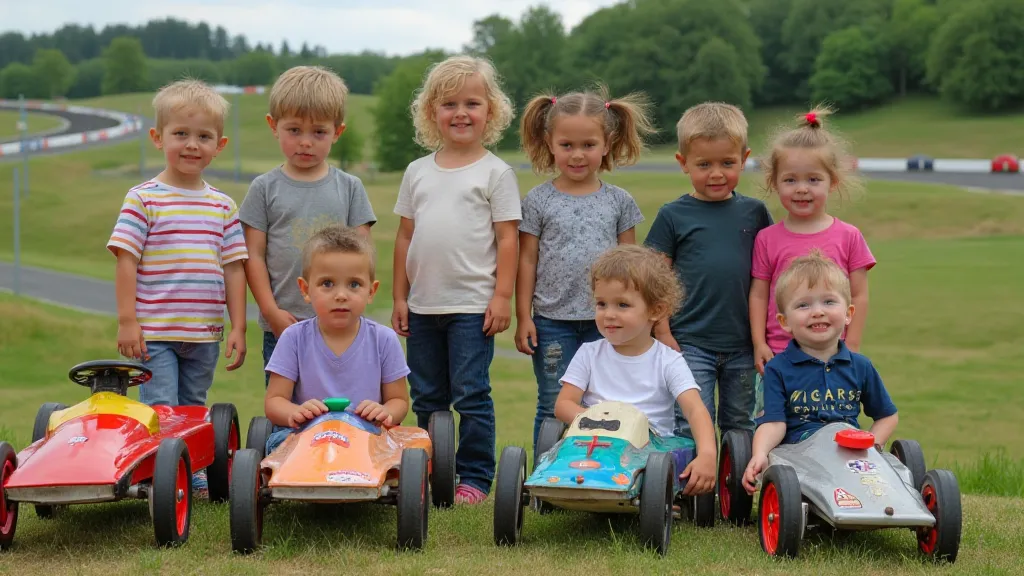
The process of designing and building a soap box car often involves a blend of art and engineering, requiring a thoughtful approach to aerodynamics, weight distribution, and structural integrity. Younger builders frequently benefit from the guidance of experienced mentors, who can share invaluable insights into the nuances of car construction and racing strategy. It's a dynamic learning environment, where creativity and technical skills converge to create something truly remarkable.
Moreover, the social aspect of soap box car racing is an essential element of its appeal. It brings together children from diverse backgrounds, fostering camaraderie and promoting a sense of shared purpose. The races provide a platform for showcasing not only individual talent but also the collective efforts of communities. The sense of accomplishment derived from building and racing a car is amplified by the shared experience with teammates and spectators alike.
The beauty of soap box car racing isn't just about the physical vehicle, it's about the journey of creation, the spirit of competition, and the lasting memories forged along the way. It's about instilling values that extend far beyond the racetrack, shaping individuals into resilient, creative, and compassionate members of society.
